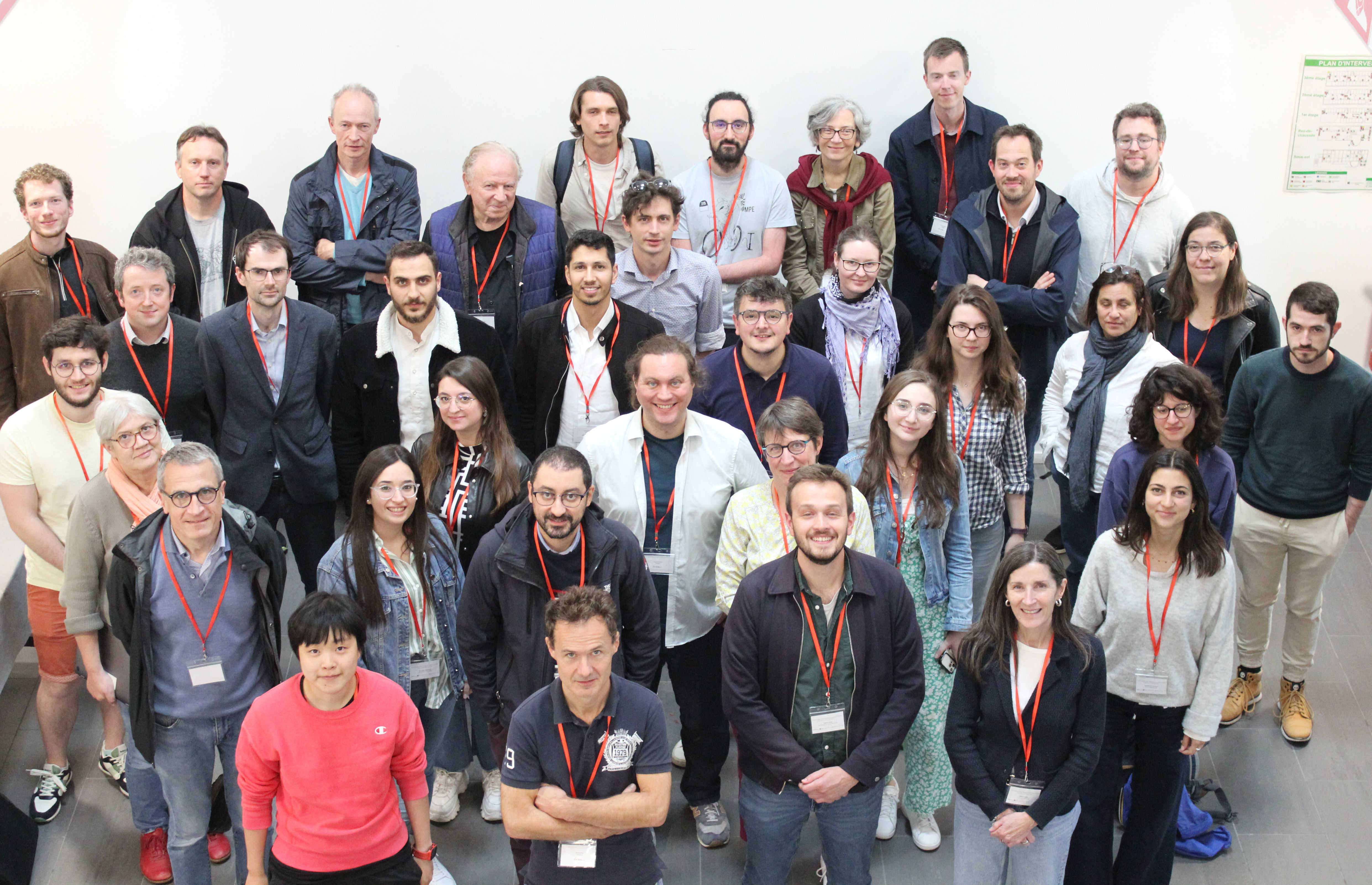New Trends in the Numerical Analysis of PDEs
→
Europe/Paris
Amphitheater, Building B (Inria Center at the University of Lille)
Amphitheater, Building B
Inria Center at the University of Lille
Parc scientifique de la Haute-Borne,
40 avenue Halley,
59650 Villeneuve d'Ascq – France
Description
News: Program is available here!



The goal of this event is to gather experts in the numerical analysis of PDEs. The spectrum of the conference is deliberately broad, and open to different active branches of the domain, such as:
- Physical modeling with PDEs
- Design and analysis of structure-preserving numerical schemes
- High-order numerical methods on general meshes
- A priori and a posteriori analysis of numerical methods
- Model reduction and high performance computing
Confirmed speakers
- Emmanuel Creusé (Université Polytechnique Hauts-de-France), Slides here
- Jérôme Droniou (CNRS, Université de Montpellier and Monash University), Slides here
- Geneviève Dusson (CNRS, Université Bourgogne Franche-Comté), Slides here
- Virginie Ehrlacher (Ecole des Ponts ParisTech and Inria Paris Centre)
- Patrick E. Farrell (University of Oxford), Slides here
- Francis Filbet (Université Paul Sabatier), Slides here
- Emmanuel Franck (Inria Centre at Université de Lorraine)
- Dietmar Gallistl (Universität Jena)
- Céline Grandmont (Inria Paris Centre and Université Libre de Bruxelles)
- Marien-Lorenzo Hanot (The University of Edinburgh), Slides here
- Martin W. Licht (EPFL)
- Mario Ohlberger (Universität Münster)
- Ilaria Perugia (Universität Wien), Slides here
- Francesca Rapetti (Université Côte d'Azur), Slides here
- Khaled Saleh (Université Claude Bernard, Lyon 1)
- Iain Smears (University College London)
- Eric Sonnendrücker (Max Planck Institute for Plasma Physics and TU München), Slides here
- Eitan Tadmor (Fondation Sciences Mathématiques de Paris (FSMP) and University of Maryland)
- Andrea Thomann (Inria Centre at Université de Lorraine), Slides here
- Noel J. Walkington (Carnegie Mellon University), Slides here
Practical information
Registration is free but mandatory. You can submit an abstract for the Tuesday's poster session. Limited funding is available for early stage researchers upon demand.
Contact
Participants
